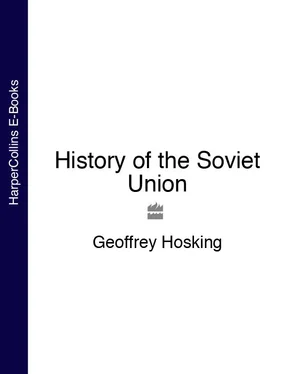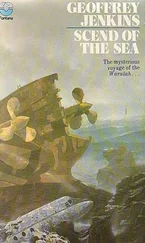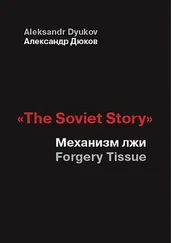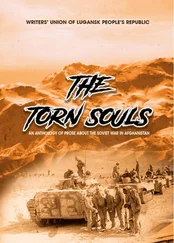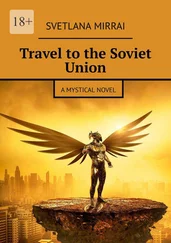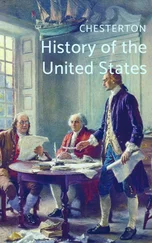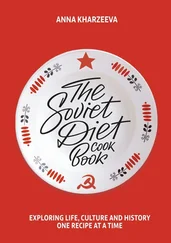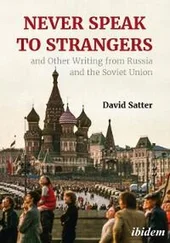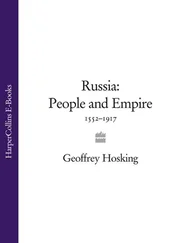The low level of agricultural productivity was only partly a result of communal tenure. Partly, too, it was a function of low urbanization. Where, as in most of western Europe, there was a dense network of towns and good communications between them, then a receptive market existed for a wide variety of agricultural produce. In Russia this was the case only around St Petersburg and Moscow. Over the remaining expanses of Russia’s main agricultural regions, peasants scratched the soil with wooden ploughs, grew rye and oats, lived on a diet of ‘cabbage soup and gruel’ (as a popular saying had it) and sold very little to the outside world, except when economic need made it unavoidable.
As a result, though the picture varied from area to area, it seems clear enough that most peasants were poor, threatened by hunger in bad years, and that the problem was getting worse. In 1890 more than 60 per cent of peasants called up for the army were declared unfit on health grounds: and that was before the famine of 1891.
The peasants themselves felt that the explanation for all this was obvious: they needed more land, and they had a right to it. In the neighbouring nobles’ fields they saw their own potential salvation. This was an illusion: the total area of peasant landholdings exceeded that of the landowners by nearly three to one, so that simple expropriation of the latter would not solve the problem. But in 1905 the peasants were convinced that it would, and that their grievance was justified. Acting in common, by decision of their mir assemblies, they began to take the law into their own hands, seizing estates and driving the landowners out. It took a long time for the government to restore order.
In fact, there was no simple solution to Russia’s agrarian problem, as the later experience of developing countries confirms. Only a patient combination of improvements in land tenure and in agricultural methods with the gradual development of the commercial and industrial life of the country could in the end have brought greater prosperity to the village. But the myth that there was a simple solution, and that the peasants had a natural right to all the land, was the single most explosive factor in Russian politics in the last years of the tsarist regime.
Peter Stolypin, prime minister from 1906 to 1911, tried to make a start to the process of patient improvement by giving peasant households the right to withdraw from the village commune, set up on their own and enclose their holdings. After a promising start, however, this programme was abruptly curtailed by war and revolution.
Workers, the other great factor in the revolutionary upheaval of 1905, were also restless to an unusual degree in Russia compared with their West European counterparts. This may have been because they had unusually close ties with the land. Under the Emancipation legislation of 1861, a peasant who went into the town to work permanently was still registered with his ‘village society’ and remained legally a peasant. His family still paid taxes there, and he probably sent back money regularly to help them out; perhaps he would return at Christmas or Easter for family celebrations, or in the late summer to help with the harvest. Some workers, especially those in construction and transport, organized themselves in an artisan cooperative, or artel, which had its origins in village life, and was sometimes found even in heavy industry. Individual factories often perpetuated the rural link by recruiting most of their workforce from a particular province; and workers themselves would often form a zemlyachestvo , or regional association, to keep in touch with each other and with their home villages.
Compared with the workers who had lived in the towns for a generation or more, these ‘peasant-workers’ seem to have been unusually prone to unrest at times of crisis. This may have been partly because their right to allotment land in the village gave them something to fall back on, and hence an extra sense of security. Or it may have been because, in the absence of legalized trade unions in the towns, the tradition of collective action was far stronger in the countryside. In their case, too, the newly discovered urban discontents, over housing, pay, working conditions or overbearing foremen, were superimposed on the grievances which they had brought with them from the village. As R. E. Johnson, the most recent student of this subject, has suggested, ‘the fusion of rural and urban discontents and propensities produced an especially explosive mix’.
At any rate, the experience of 1905 suggested that Russian workers, in times of crisis, were unusually good at improvising their own institutions. The body which sparked off the unrest of that year was, ironically, organized by Father Gapon, a priest who wished to save the monarchy. On Sunday 9 January 1905 he led a huge demonstration in the capital, St Petersburg, bearing ikons and portraits of the tsar: they were to march to the Winter Palace with a petition appealing for a living wage and for civil rights. The troops stationed in the streets panicked in the face of the crowd and opened fire: nearly two hundred people were killed and many more wounded.
This incident, which has passed into history as Bloody Sunday, had a dramatic effect: more than any other, it undermined the popular image of the tsar as the benevolent ‘little father’. It helped to release the restraint which the peasants had previously felt about taking the law into their own hands. And it certainly contributed to the wave of strikes, demonstrations and sometimes violence which swept Russia’s industrial cities. In the course of this, workers set up trade unions for the first time, rather begrudgingly legalized by the government. They also improvised councils (or soviets ) of workers’ deputies. Beginning as strike committees elected at the workplace, these bodies often found themselves temporarily exercising local government functions as well, in cities whose normal administration was paralysed by strikes. They also negotiated with the employers and the government. In short, they gained a brief but intense experience of self-government, unforgettable to workers who had never before been allowed to organize in their own interests.
The mass popular unrest gave the professional strata and the intelligentsia the chance to press their demands for an elected parliament, or even a constituent assembly, to decide on Russia’s future form of government. Political’ parties were formed, of which the most prominent were the Constitutional Democrats (or Kadets for short), under their leader, the Moscow University history professor, P. N. Milyukov. Their ideal was a constitutional monarchy on the British model, or even a parliamentary republic, as in France.
In the end, faced with a general strike, Tsar Nicholas II reluctantly conceded much of what the Kadets were demanding. In the October Manifesto of 1905 he promised that henceforth the civil rights of all citizens would be observed, and he granted a parliament, the Duma , to be elected on an indirect but fairly broad franchise. Written into its statute was the provision that ‘without [its] consent no law can take effect’. This concession relieved him of the outright opposition of the liberals, and Nicholas was then able to instruct the police and army–which remained almost completely loyal–to crush the workers’ and peasants’ movement.
During the few years of its existence, the Duma was sometimes harassed, sometimes ignored by the government, and indeed twice summarily dissolved. Nevertheless, its mere presence made a great difference to political life. Its electoral assemblies remained as a minimal focus for working-class and peasant political education and activity, even at a time when the government was trying to withdraw some of its concessions of 1905. And the existence of a relatively free press alongside it meant that the reading public (now growing very fast) were incomparably better informed about political issues than they ever had been before. Combined with the rapid growth in literacy, with the bitter political conflicts resulting from 1905, and with ever-accelerating social and economic change, all this was potentially very explosive.
Читать дальше
